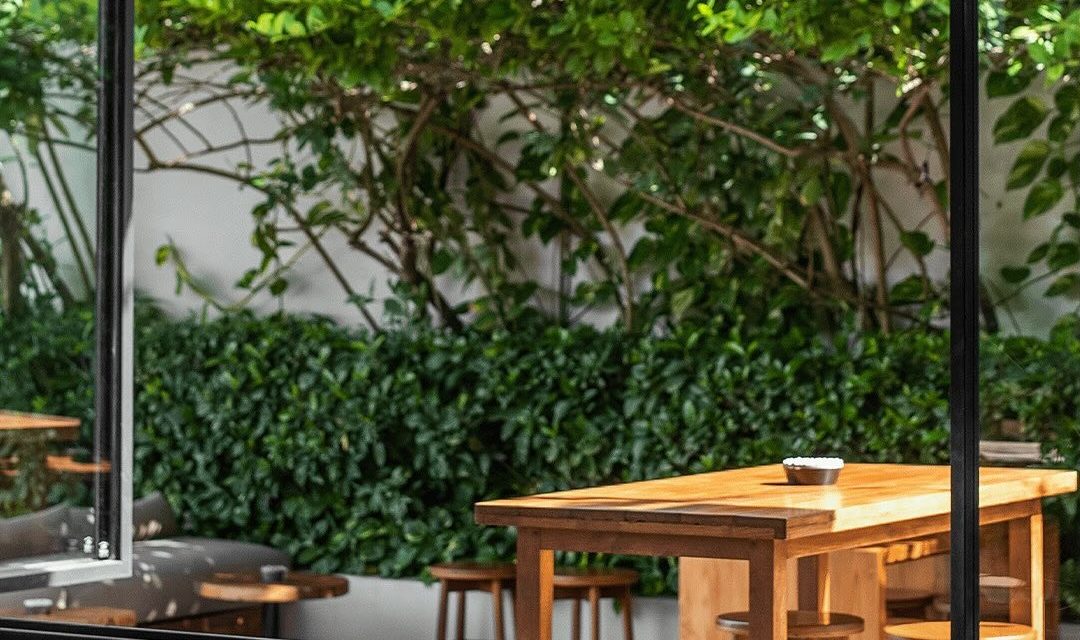If you’ve ever dreamed of immersing yourself in a rich tapestry of history, culture, and spirituality, then Ubud, Bali, is your sanctuary. Nestled in the heart of the island, this charming town is not just a haven for artists and wellness seekers; it also boasts a vibrant historical and cultural scene that beckons to be explored. Grab your sarong, and let’s dive into the captivating history and remarkable cultural sites that make Ubud a must-visit destination for any traveler.
A Brief Overview of Ubud’s History
Before I share my experiences, let’s take a moment to appreciate Ubud’s historical significance. Ubud began as a small village known for its healing plants and herbs, earning its name from the Balinese word Ubad, which means medicine. Over the years, this seemingly unassuming village transformed into Bali’s cultural capital. It became an artistic enclave in the early 20th century, attracting foreign artists, writers, and thinkers, including the likes of Walter Spies and Rudolf Bonnet, who greatly influenced Balinese art and culture.
Today, Ubud is a melting pot of traditional Balinese culture and modern influences. From ancient temples to art markets filled with handcrafted goods, history lurks around every corner, inviting you to explore its depths.
Must-Visit Cultural Sites
1. Ubud Monkey Forest: Nature Meets Spirituality
Let me start with a personal favorite—the Ubud Monkey Forest. As I stepped into this lush sanctuary, the first thing that struck me was the overwhelming sense of tranquility punctuated by the playful antics of the mischievous macaques. The forest is not just a playful playground for these primates; it’s a spiritual haven featuring ancient temples surrounded by nature.
Practical Tip: While it’s delightful to engage with the monkeys, remember that they can be quite cheeky! Keep your belongings secure and don’t feed them—this is for your safety and theirs. I learned this the hard way when one curious critter decided to snatch my sunglasses right off my head!
2. Goa Gajah: The Elephant Cave
Next on the list is Goa Gajah, or the Elephant Cave, a UNESCO World Heritage site that transports you back to the 9th century. I found it utterly fascinating to wander through its paths, where you can sense the whispers of the past. The intricately carved entrance of the cave, adorned with imagery of mythical creatures, beckons you inside.
Unique Insight: When you enter the cave, observe the small shrines along the walls filled with offerings. It’s a wonderful opportunity to learn about the Balinese Hindu practice of *sembahyang*, or prayer. I distinctly remember sitting quietly inside the cave, allowing the weight of history to wash over me. It was a moment of profound reflection amidst the captivating artistry.
3. Puri Saren Royal Palace: A Glimpse into Royal Life
Just a stone’s throw from the hustle and bustle of Ubud Market is the Puri Saren Royal Palace, the historical residence of the Ubud royal family. As I strolled through the ornate gates, I felt like I was stepping into a fairy tale. The intricately designed pavilions and lush gardens radiate a grandeur that speaks volumes about the royal legacy.
Relatable Scenario: If you visit during the evening, don’t miss the traditional Balinese dance performances hosted here. During my visit, I was entranced by the *Legong* dance—a beautiful story told through movement. The dancers’ vibrant costumes and the hauntingly melodic gamelan music created a mesmerizing atmosphere. It’s a cultural experience that stays with you long after your trip ends.
4. Neka Art Museum: Celebrating Balinese Art
If you’re an art enthusiast, a trip to the Neka Art Museum is a must. The museum showcases a fantastic collection of traditional and contemporary Balinese art that tells the story of the island through various mediums. As I wandered through the galleries, I encountered works that captured the essence of Balinese life—from lush landscapes to intricate rituals.
Practical Advice: Allocate a few hours for your visit here. Each piece offers a glimpse into the soul of Bali, and you’ll likely find yourself reflecting on the themes of beauty, spirituality, and harmony that are central to Balinese culture. Plus, the museum is situated on a hillside, offering stunning views of the rice fields—don’t forget your camera!
5. Tegallalang Rice Terraces: A Living Heritage
Last but not least, make sure the Tegallalang Rice Terraces are on your itinerary. Just a short drive from Ubud, these iconic terraces are a testament to the traditional *subak* irrigation system that dates back centuries. There’s something about standing atop the terraces, with the intricately layered fields stretching out before you, that speaks to the beauty of sustainable agriculture.
Unique Tip: Plan your visit early in the morning to beat the crowds. I recall savoring a cup of Bali coffee while listening to the sounds of nature waking up around me. The experience was both serene and invigorating—a perfect start to a day of exploration.
Conclusion
In conclusion, Ubud is not simply a destination; it’s an experience steeped in history and culture. From the playful monkeys of the forest to the reflective moments within ancient caves and lively performances at the royal palace, there’s a piece of Ubud for everyone. So, pack your bags and venture into this cultural oasis. Whether you’re an art lover, a spiritual seeker, or simply an adventurer at heart, Ubud has stories that await your discovery. Remember—every site you visit, every encounter you have, contributes to the rich narrative of this enchanting town. Embrace it, and let Ubud’s history weave itself into your adventures. Happy travels!





